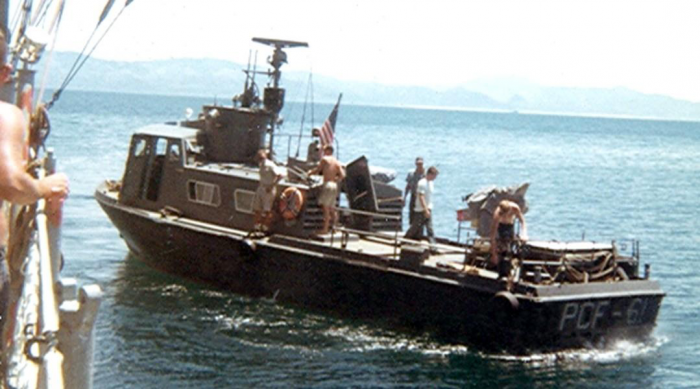

The term brown-water navy originated in the American Civil War (1861–1865).

The partial successes of the resulting Gunboat War were undone by land invasion. Today blue-water navies are generally defined as being capable of sustained oversea deployment, preferably with aircraft carriers, while green-water navies are defined as those with frigates or better, operating in coastal and regional areas.īeing a brown-water navy does not imply a lack of offensive capability, as many small littoral combat ships are armed with powerful anti-ship missiles.Īfter losing its blue-water fleet in the Battle of Copenhagen (1807), the kingdom of Denmark-Norway quickly built a brown-water navy. At one time, it was common to refer to all non-blue-water navies as "brown-water navies". The term is used in contrast to the terms " green-water navy" and " blue-water navy". Since presence of "brown water" requires a soil source, whether riverine or coastal, the term has become associated with littoral navies. The term "brown-water" generally describes river environments carrying heavy sediment loads, such as from soil runoff or flooding. A broader meaning is any naval force that has the capacity to carry out military operations in river or littoral environments.

Navy riverboat deploying napalm during the Vietnam War.īrown-water navy is a term that originated in the United States Navy, referring to the small gunboats and patrol boats used in rivers, along with some of the larger ships (including converted WWII LCMs, LSTs, etc.) that supported them as "mother ships," from which they operated.


 0 kommentar(er)
0 kommentar(er)
